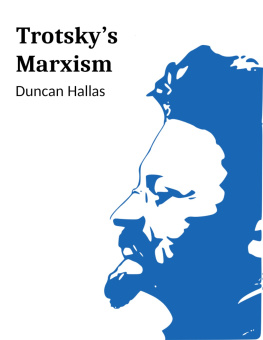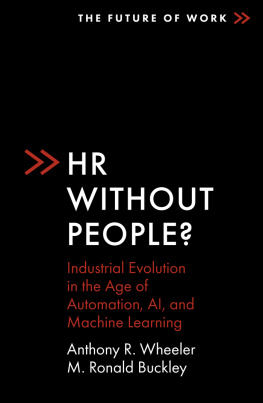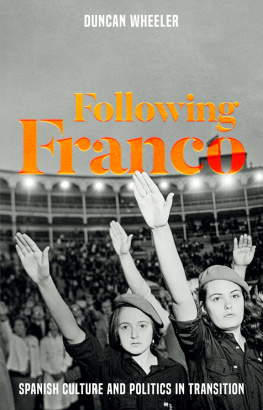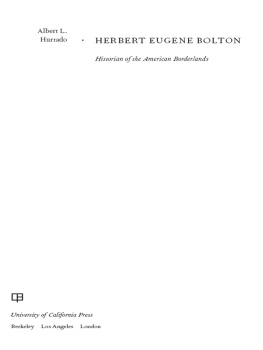W ILLIAM A LMON W HEELER
William Almon Wheeler. Brady-Handy Collection, Library of Congress.
W ILLIAM A LMON W HEELER
P OLITICAL S TAR OF THE N ORTH C OUNTRY
H ERBERT C. H ALLAS
Published by State University of New York Press, Albany
2013 State University of New York
All rights reserved
Printed in the United States of America
No part of this book may be used or reproduced in any manner whatsoever without written permission. No part of this book may be stored in a retrieval system or transmitted in any form or by any means including electronic, electrostatic, magnetic tape, mechanical, photocopying, recording, or otherwise without the prior permission in writing of the publisher.
Excelsior Editions is an imprint of State University of New York Press
For information, contact State University of New York Press, Albany, NY
www.sunypress.edu
Production by Dana Foote
Marketing by Fran Keneston
Library of Congress Cataloging-in-Publication Data
Hallas, Herbert C., 1937-
William Almon Wheeler : political star of the north country / Herbert C. Hallas.
pages cm
Includes bibliographical references and index.
ISBN 978-1-4384-4812-1 (pbk. : alk. paper) 1. Wheeler, William A. (William Almon), 18191887. 2. Vice-PresidentsUnited StatesBiography. 3. LegislatorsUnited StatesBiography. 4. United States. Congress. HouseBiography. 5. United StatesPolitics and government18771881. 6. United StatesPolitics and government18691877. 7. New York (State)Politics and government18651950. 8. New York (State)Politics and government17751865. 9. Malone (N.Y.)Biography. I. Title.
E664.W57.H35 2013
328.73'092--dc23
[B]
2012044465
10 9 8 7 6 5 4 3 2 1
To
Barbara Hallas
and
Alan G. Friedman
(19372007)
C ONTENTS
I LLUSTRATIONS
Cover and frontispiece: William Almon Wheeler.
A CKNOWLEDGMENTS
T O WRITE THIS BOOK , I needed the help of many people. First and foremost, I am indebted to James T. Otten, whose scholarly research about Wheeler paved the way for my work. I am also grateful to David M. Jordan for his perceptive biography of Roscoe Conkling, one of Wheelers archrivals, and to Ari Hoogenboom for his insightful writing about Wheelers presidential running mate, Rutherford B. Hayes.
There are many historians, librarians, curators, and archivists who provided valuable assistance to me and several of them deserve special mention, including: Edward Knoblauch, New York History Net; Loretta Ebert and Barbara Massago, New York State Library; Jim Folts and Bill Gorman, New York State Archives; Paul Carnahan, Vermont Historical Society; Eileen Meyer Sklar, Presbyterian Historical Society; Nan J. Card, Rutherford B. Hayes Presidential Center; Amy E. Burton, U.S. Senate Curators Office; Felicia Wivchar, Office of Art and Archives for the U.S. House of Representatives; Sylvia J. Bugbee, Bailey/Howe Library of the University of Vermont; and Sarah Hartwell, Rauner Special Collections Library of Dartmouth College.
I also received special help from people working in Wheelers hometown, Malone, New York. For their important assistance I offer thanks to Cheryl Learned, Ted Mills, and Susan Tobias at the Franklin County Historical and Museum Society, and to Dick Murphy, Lynn Dufort, and Bob Hutchins at the Malone Lodge of Elks.
I owe a special debt to three members of my family. I thank my brother, Henry C. Hallas, for his continuous encouragement and invaluable help in locating information for me about Wheelers role in the establishment of the state Adirondack Park. I also thank my cousin, James H. Hallas, for his enthusiastic support and wise counsel based on his many successful writing and publishing experiences. And I thank my son, Edmond P. Hallas, for sharing his extensive knowledge of philosophy and theology with me in order to assist me in evaluating the impact Calvinism had on Wheelers life.
This book is dedicated to my late friend, Alan G. Friedman, and to my wife, Barbara Hallas. Alan was truly a one-of-a-kind guy. He was the only person I knew who was familiar with every forgotten nineteenth-century political figure I might bring up in conversation and enjoyed talking knowledgeably about them. Alans steadfast interest in all my Wheeler anecdotes and research spurred me on when the going got rough.
Barbara has been a twenty-four-hour-a-day help to me. As I slogged my way along researching Wheelers life, she was always there for me to discuss the latest news of the day or political problem of the momentprovided I first answered her question: What century are we in? She accompanied me on many journeys to Malone and other towns in the North Country without complaint even though I knew how uncomfortable the sight of too many trees could be to this self-styled Queens girl. Barbara read and reread this biography through all its various stages offering solid criticism and superb proofreading along the way. No author could ask for any more caring and loving support than that. Thanks, Barb.
I NTRODUCTION
S O THIS IS WHERE the elephants come to die! According to local legend, that is how New Yorks Republican governor and vice president, Nelson A. Rockefeller, described Malone, New York, The Star of the North, when he made a campaign stop there in the 1960s. Located more than two hundred miles north of Albany, close to the Canadian border, Malone is the county seat of Franklin County and the only home William Almon Wheeler ever had.
A lawyer, state legislator, bank executive, and railroad president by the time he was thirty-five, Wheelers life is an American success story. Overcoming a poverty-stricken childhood in a remote, sparsely populated county in New Yorks North Country, William Wheeler, nicknamed Bill, became a nationally known political figure during the Gilded Age. He served five terms in Congress where he marshaled political support for the nations fledgling transcontinental railroad system and negotiated an end to a racial civil war in Louisiana, before becoming the nineteenth vice president of the United States.
Wheeler was a distinguished looking man of medium height who enjoyed wearing popular fashions of his day, such as the dashing Inverness or Ulster overcoat, a large loose coat with a cape affixed to the collar. He had a light complexion and a muscular build. When people shook his hand, they felt magnetism in his touch and were impressed by his commanding mien. However, as a Washington columnist wrote about Wheeler, He dont claw you and rub your left shoulder blade and invite you to ask him favors he will never bestow.
Wheeler talked in a sharp, rugged way and had a quick wit. He disdained empty formalities and ceremonies. According to one columnist, Bills mouth
His kind eyes and smile could be deceiving because he was one of the most powerful political figures ever to operate in the North Country. His enemies described him as ruthless and autocratic.













